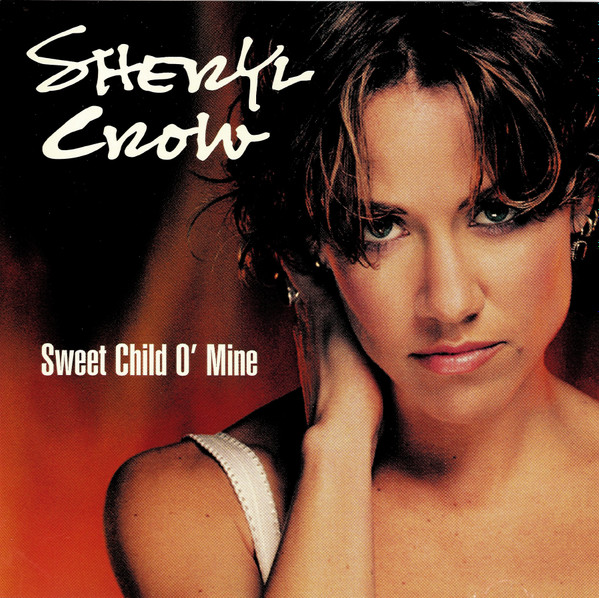|
| Don’t Worry, Be HappyBobby McFerrin |
Writer(s): Bobby McFerrin (see lyrics here) First Charted: July 30, 1988 Peak: 12 US, 11 CB, 11 RR, 7 AC, 11 RB, 2 UK, 12 CN, 17 AU, 2 DF (Click for codes to singles charts.) Sales (in millions): 0.5 US, 0.4 UK, 1.56 world (includes US + UK) Airplay/Streaming (in millions): -- radio, 481.26 video, 282.57 streaming |
Awards:Click on award for more details. |
About the Song:“Don’t Worry, Be Happy” gave Bobby McFerrin one of the most distinct one-hit wonders in chart history. It is the only completely a cappella song to top the Billboard Hot 100. SG It also evoked some rather polarizing opinions. Stereogum’s Tom Breihan referred to the “living symbol of bumper-sticker philosophy and Reagan-era complacency” SG as “”nuclear-charged dogshit.” SG
McFerrin comes from “a proud lineage of boundary-breaking musicians.” SG His mother, Sara, taught voice at Fullerton College in Los Angeles. His father, Robert, was an operatic baritone singer who became the first Black man to sing at New York’s Metropolitan Opera. It’s his voice, not Sidney Poitier’s, which is used in the 1959 film version of
The original plan for his 1988 album Simple Pleasures was that it would be all covers. However, he recorded “Don’t Worry, Be Happy” – a song he’d toyed around with for 4-5 years – FB at the suggestion of his manager Linda Goldstein. The phrase was popularized by Indian spiritual leader Meher Baba, who maintained a 44-year vow of silence and gained attention when Pete Townshend used his name for the Who song “Baba O’Riley.” Baba often wrote the phrase in correspondence. SG
McFerrin “aimed for the kind of simplicity and contentment that the phrase implied,” SG mentioning “a bunch of reasons why someone might want to worry — homelessness, litigious landlords, lack of style, lack of romantic companionship” SG but then advising “don’t worry, be happy.” It may have been meant as sature, but “when a song like that becomes a cultural phenomenon, it loses any sense of nuance that it might’ve had in the first place.” SG
The song received a huge boost from its appearance on the soundtrack for Cocktail, the 1988 movie starring Tom Cruise as a bartender. Its used in the movie when Cruise is in Jamaica tending bar, apparently because it sounded sufficiently Jamaican to the producers. Apparently fans were confused as well; there are more than 150 million views for the song on YouTube credited to the most famous Jamaican musician of all time – Bob Marley. The song also benefitted from a video in which “McFerrin mugs frantically with Robin Williams” SG and “pratfalling vaudeville comedian Bill Irwin.” SG
|









